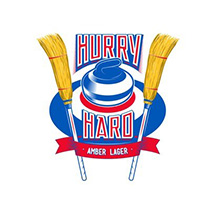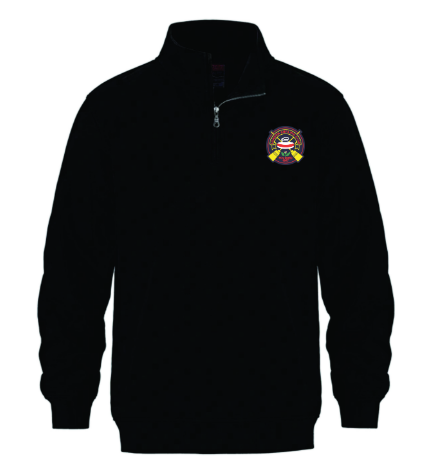(From Ontario Curling Association)
Curling is a game requiring hand/eye co-ordination - a game of skill, strategy and luck but above all, it is a game of fun. It is a game that can be played by both males and females from the age of 8 to 88. It can be recreational or competitive, depending on how much time you have to devote to the sport.
The only personal equipment required is a pair of curling shoes, a brush and warm, comfortable clothing. The shoes have a special slider on the bottom of one shoe and a soft rubber sole called a gripper on the bottom of the other shoe. Brushes are either made of synthetic material or of hog or horsehair.
Each team has 4 players, called Skip, Third, Second and Lead. The Skip is the captain or the leader of the team. The Skip plans the strategy for the team and stands in the far house holding his/her brush to tell the team where to aim their rocks. The Lead throws his/her rocks first, then the Second throws his/her rocks. The Third throws his/her rocks next and holds the brush when the Skip is throwing rocks. It is the responsibility of the Thirds to settle on the score at the completion of each end by looking at where the rocks are lying and to mark it on the scoreboard.
Curling is played on a sheet of ice by sliding rocks from one end to a target, called the house, at the far end. When each team has taken its turn, an end has been played. The teams turn around and deliver the rocks back - and keep doing this until many ends have been played. The number of ends varies depending upon the amount of available time and the level of competition - most games last 8 ends and take two hours to play. Each player, beginning with the Lead, delivers two rocks in each end, alternately, until all 16 rocks have been delivered, 8 by each team.
The curling rink is long and narrow with a house at each end. The ice is special pebbled ice, which makes it easier for the rocks to slide. The rocks are made of granite and weigh approximately 44 lbs. but with the new no-lift delivery, they are not difficult to throw. Little rocks weighing half as much are available for young children. The rocks used during a game have two different colours of handles to allow each team to know which are theirs.
The house has four different sized circles - the 12' circle, the 8' circle, the 4' circle and the button, which is the small circle in the middle. Sometimes the house is also called the rings. In order to score points, your rocks must be all the way in or just touching the house, which is called biting. Rocks that go over the back line are removed from play as are rocks that don't go over the hog line.
Curling rocks don't travel in straight lines, but curl or bend as they travel down the ice. In order to make the rocks curl in the right direction, you must put a turn on the rock, either a clockwise turn or a counterclockwise turn. When the Skip indicates where the rock you are about to deliver is to go, he/she will also indicate which turn you must put on the rock. The Skip will also indicate to you how hard you are to throw the rock. You may be asked for takeout weight in order to remove an opposition rock or rocks or for draw weight if the Skip wants you to put the rock gently into a particular spot.
Once you deliver your rock towards the Skip, the other two players on your team will slide along beside it and will begin to sweep if asked to do so by the Skip. Brushing helps the rock go farther and also helps to keep it on course and to guide it to the position requested. Another reason for brushing is to keep the ice clean for the rock. Sometimes frost, dirt or hairs can cause a rock to go off course so the ice is brushed lightly to keep it clean.
Brushers may only brush their own rock until it reaches the far tee line. After the tee line only one brusher may brush the rock. The other team's Skip may brush your rock after it reaches the far tee line because he or she is trying to brush it out of play.
The area between the hogline and the rings at each end is called the Free Guard Zone. If a rock lands in this area it cannot be removed from play until the sixth rock of the end is thrown. It can be moved within that area or moved into the house but if it is removed from play, it has to be returned to its original position. On the sixth rock, any rock can be removed from play. This rule makes the game more interesting and stops teams from just peeling the other teams rocks off for the whole game.






























